

Articles
How To Store Hermes Scarves
Modified: March 3, 2024
Learn how to store your Hermes scarves properly with these helpful articles. Keep your scarves looking their best and lasting longer.
(Many of the links in this article redirect to a specific reviewed product. Your purchase of these products through affiliate links helps to generate commission for Storables.com, at no extra cost. Learn more)
Introduction
When it comes to luxury accessories, Hermes scarves are in a league of their own. Known for their exquisite craftsmanship, vibrant colors, and intricate designs, these silk wonders deserve nothing less than the best care and storage. Properly storing your Hermes scarves not only helps maintain their beauty but also ensures their longevity.
In this article, we will guide you through the process of storing your beloved Hermes scarves. From choosing the right storage space to cleaning and folding techniques, we will cover everything you need to know to keep your scarves safe and in pristine condition.
Before we dive into the specifics of storing Hermes scarves, let’s take a look at the materials you will need:
- Mild detergent or silk-specific cleaner
- Clean, soft cloths or towels
- Scarf hangers or padded hangers
- Acid-free tissue paper
- Plastic storage boxes or drawers
- Cedar or lavender sachets (optional)
With these materials at your disposal, you are ready to embark on the journey of proper Hermes scarf storage!
Key Takeaways:
- Proper storage is crucial for maintaining the beauty and longevity of Hermes scarves. From choosing the right storage space to using the appropriate materials, these tips ensure your scarves remain in pristine condition for years to come.
- Long-term storage requires periodic checks, proper materials, and controlled environments to preserve the quality of Hermes scarves. By following these tips, you can ensure your scarves are ready to be enjoyed whenever you decide to bring them out of storage.
Read more: How To Store Scarves
Materials Needed
Properly storing your Hermes scarves requires a few essential materials to ensure their protection and longevity. Here is a list of the materials you will need:
- Mild detergent or silk-specific cleaner: This is necessary for cleaning your scarves before storing them. Make sure to use a gentle product specifically designed for silk materials to avoid any damage.
- Clean, soft cloths or towels: These will come in handy when cleaning and drying your scarves. Choose lint-free fabrics to prevent any residue or fibers from sticking to the silk.
- Scarf hangers or padded hangers: Hanging your scarves is a great way to prevent creasing and preserve their shape. Scarf hangers with multiple loops or padded hangers are ideal options to prevent any damage.
- Acid-free tissue paper: Wrapping your scarves in acid-free tissue paper helps protect them from moisture, dust, and potential discoloration. Place tissue paper between each folded layer to provide an extra barrier.
- Plastic storage boxes or drawers: If you prefer to store your scarves folded, invest in plastic storage boxes or drawers. Opt for containers that are spacious enough to accommodate your scarves without overcrowding.
- Cedar or lavender sachets (optional): Adding cedar or lavender sachets to your storage space helps deter moths and keeps your scarves smelling fresh. These natural repellents are a great alternative to traditional mothballs.
Having these materials readily available ensures that you have everything you need to properly clean, store, and protect your cherished Hermes scarves. With the right tools on hand, you can be confident that your scarves will remain in excellent condition for years to come.
Choosing the Right Storage Space
When it comes to storing your Hermes scarves, selecting the right storage space is crucial to maintain their quality and prevent damage. Here are some considerations to keep in mind when choosing the ideal storage location:
- Avoid direct sunlight: Exposure to sunlight can cause fading and discoloration over time. It is important to choose a storage space away from direct sunlight or use curtains or blinds to shield the area.
- Maintain stable temperature and humidity: Extreme fluctuations in temperature and humidity can adversely affect silk fibers. Select a storage space that maintains a relatively stable climate to prevent any negative impact on your scarves.
- Clean and dust-free environment: Ensure that the storage area is clean and free from dust, as dust particles can settle on the scarves and potentially cause staining or damage.
- Avoid high-traffic areas: Choose a storage location away from high-traffic areas to minimize the risk of accidental spills or mishandling.
- Ample space: Your storage space should have enough room to accommodate your scarves without overcrowding them. Proper air circulation will help maintain the freshness and condition of the scarves.
Once you have chosen the optimum storage space, it’s time to prepare your scarves for storage by ensuring they are clean and properly folded.
Note: If you don’t have a suitable storage area at home, consider using controlled storage facilities that offer climate-controlled units and proper security measures.
Now that you have identified the ideal storage space for your Hermes scarves, it’s time to move on to the next step: cleaning and preparing the scarves for storage.
Cleaning and Preparing the Scarves
Before storing your Hermes scarves, it is essential to ensure that they are clean and free from any dirt, stains, or odors. Follow these steps to properly clean and prepare your scarves for storage:
- Read the care label: Start by checking the care instructions provided on the scarf. It will indicate whether the scarf can be hand-washed or if it requires professional cleaning.
- Hand-washing method: If the care label allows for hand-washing, fill a basin or sink with lukewarm water and a mild detergent specifically formulated for silk. Gently swirl the scarf in the soapy water for a few minutes, being careful not to agitate or rub it too vigorously.
- Rinsing: Drain the soapy water and refill the basin with clean water. Rinse the scarf thoroughly to remove all traces of detergent.
- Drying: Lay a clean, absorbent towel flat on a table or countertop. Place the damp scarf on top of the towel and carefully roll the towel, squeezing gently to remove excess water. Avoid wringing or twisting the scarf to prevent damage.
- Flat drying: Unroll the towel and lay the scarf on a fresh, dry towel or a clean, flat surface. Shape the scarf gently to its original form and leave it to air dry completely, away from direct heat sources or sunlight.
- Professional cleaning: For scarves labeled as “dry clean only” or if you prefer to entrust the cleaning process to professionals, take your scarves to a reputable cleaner experienced in handling delicate silk fabrics.
Once your scarves are clean and dry, it is time to move on to the folding techniques and storage options that will keep them in excellent condition.
Remember, proper cleaning and preparation are essential for maintaining the quality and longevity of your Hermes scarves. By taking the time to ensure they are in pristine condition, you can enjoy them for years to come.
Folding Techniques
When it comes to storing Hermes scarves, proper folding techniques are crucial to minimize wrinkles, creases, and ensure the scarf’s longevity. Here are three popular folding techniques for Hermes scarves:
- Square Fold: Lay the scarf flat on a clean surface, ensuring it is free from any wrinkles or creases. Fold the scarf in half diagonally to form a triangle. Take one corner of the triangle and fold it towards the center, then repeat with the other corner. Next, fold the remaining pointed end towards the center. The end result should be a neatly folded square shape.
- Rectangle Fold: Start by laying the scarf flat on a clean surface. Fold one side of the scarf towards the center, around one-third of its width. Then, fold the other side towards the center, overlapping the previously folded side. Smooth out any wrinkles and ensure that the edges are aligned. Finally, fold the scarf in half lengthwise, resulting in a rectangular shape.
- Rolling Fold: Lay the scarf flat on a clean surface. Start at one corner and roll the scarf tightly towards the opposite corner, ensuring it is smooth and wrinkle-free. Once rolled, fold the scarf in half and tuck the loose ends inside the folded section. This method is ideal for scarves made from delicate materials like silk, as it minimizes the risk of creasing.
Regardless of the folding technique you choose, it is important to handle the scarves with care to avoid unnecessary stress on the fabric. Avoid pressing down on the scarf too firmly or folding it too tightly, as this can lead to creasing or damage over time.
Now that you have mastered the art of folding, let’s explore different storage options that will keep your Hermes scarves organized and protected.
Read more: How To Store Silk Scarves
Using Scarf Hangers
Scarf hangers are a convenient and practical way to store your Hermes scarves. They help maintain the scarves’ shape, prevent creasing, and make it easy to locate and choose the scarf you want to wear. Here’s how you can make the most of scarf hangers:
- Select the right scarf hanger: Look for scarf hangers specifically designed for organizing scarves. Choose hangers with multiple loops or tiers to accommodate several scarves at once. It’s also beneficial to opt for padded hangers to prevent any snags or damage to the delicate fabric.
- Arrange the scarves: Place one end of the scarf through one of the loops or tiers on the hanger, allowing the scarf to drape loosely. Repeat this process for each scarf, making sure they do not overlap or bunch up on the hanger. This will help maintain the scarves’ shape and prevent wrinkles.
- Organize by color or pattern: Consider grouping your scarves by color or pattern to make it easier to find the scarf you want to wear. This organization method will also add a visually appealing aspect to your storage area.
- Hang in a suitable space: Find a suitable spot to hang your scarf hanger, such as inside your closet or on a hook on the wall. Make sure the area is free from excessive heat, moisture, or direct sunlight to prevent any damage to the scarves.
Using scarf hangers not only keeps your Hermes scarves organized and easily accessible but also adds a touch of elegance to your storage space. Now, let’s explore an alternative storage method for those who prefer a folded approach.
Storing in Drawers or Boxes
If you prefer a folded storage method for your Hermes scarves, using drawers or boxes is an excellent option. This approach allows you to neatly arrange and protect your scarves while keeping them easily accessible. Here’s how you can store your scarves in drawers or boxes:
- Select the right containers: Look for plastic storage boxes or drawers that are spacious enough to accommodate your scarves without them being overcrowded. Opt for containers made of acid-free materials to prevent any potential chemical reactions or damage to the scarves. Additionally, ensure that the containers have lids to keep dust and moisture out.
- Prepare the scarves: Before folding your scarves, make sure they are clean and appropriately folded using the techniques mentioned earlier. This will ensure that they are in the best condition before storage.
- Fold the scarves: Starting with the scarves you want to store, fold them using your preferred folding technique. Place each folded scarf in the container one by one, arranging them in a way that allows you to easily see and access the scarves without disturbing the others.
- Protective layers: To provide an additional layer of protection, consider placing acid-free tissue paper between each folded scarf. This will help prevent any rubbing or potential transfer of dyes between the scarves. You can also place a layer of tissue paper at the bottom of the container to absorb any moisture that may accumulate.
- Label and organize: If you have a sizable collection of scarves, it’s helpful to label the containers or drawers based on color, pattern, or style. This will make it easier to locate specific scarves when needed.
- Storage location: Choose an appropriate location to store the containers or drawers, such as inside a closet or under the bed. Ensure that the area is clean, dry, and away from any direct sunlight, excessive heat, or humidity.
Storing your Hermes scarves in drawers or boxes not only keeps them organized but also protects them from dust, light, and potential damage. Now, let’s explore additional measures you can take to further safeguard your scarves from dust and moths.
Store Hermes scarves by folding them neatly and placing them in a drawer or on a shelf to prevent wrinkles. Avoid hanging them to prevent stretching and distortion of the fabric.
Protecting the Scarves from Dust and Moths
Ensuring that your Hermes scarves are well-protected from dust and moths is essential in maintaining their pristine condition. Here are some measures you can take to safeguard your scarves:
- Storage containers: Whether you choose scarf hangers or storage boxes, make sure they have proper lids or covers to prevent dust from settling on the scarves. This barrier will keep your scarves clean and free from unwanted particles.
- Acid-free tissue paper: In addition to placing tissue paper between folded scarves, you can also layer a sheet of acid-free tissue paper on top of the scarves before closing the lid. This acts as an extra shield against dust and provides a buffer between the scarves and the container.
- Cedar or lavender sachets: Cedar and lavender are known for their natural repellent properties. Place cedar sachets or lavender pouches in the storage area to deter moths. These sachets not only keep moths away but also leave a pleasant scent on your scarves.
- Regular cleaning: Dust your storage area and containers regularly to prevent dust buildup. Wiping down the containers with a clean cloth or using a soft brush to remove any dust particles will help maintain a clean storage environment.
- Inspecting for pests: Periodically check your scarves and storage area for signs of moths or other pests. If you notice any suspicious activity or damage, take immediate action to prevent further infestation.
- Seasonal airing: It’s a good practice to occasionally remove your scarves from storage and let them air out in a well-ventilated space. This will help keep them fresh and prevent any musty odors from developing.
By implementing these measures, you can keep your Hermes scarves safe from dust, preserve their beauty, and protect them from potential moth damage.
Now, let’s explore specific storage considerations for different types of Hermes scarves, such as silk, wool, or special edition and vintage pieces.
Storing Silk Scarves
Silk scarves are delicate and require special care when it comes to storage. Follow these guidelines to ensure your silk Hermes scarves remain in pristine condition:
- Clean and dry: Before storing silk scarves, make sure they are clean and completely dry. Any moisture left on the scarves may cause mold or mildew growth during storage.
- Avoid plastic: Avoid storing silk scarves in plastic bags or using plastic containers, as they can trap moisture and lead to damage. Opt for breathable materials like acid-free tissue paper or fabric dust bags instead.
- Tissue paper layers: Place acid-free tissue paper between each folded layer to prevent any color transfer or rubbing between the scarves. This additional layer of protection helps maintain the silk’s delicate nature.
- Avoid direct contact: Do not fold silk scarves around metal objects or pins, as they can leave permanent marks or snag the fabric. Handle silk scarves with clean and dry hands to avoid any oils or dirt transferring to the fabric.
- Store flat or rolled: Silk scarves can be stored flat or rolled, depending on personal preference. If storing them flat, make sure they are folded using one of the folding techniques mentioned earlier. If rolling, follow the rolling fold technique to minimize creasing.
- Protection from light: Keep silk scarves away from direct sunlight or excessive artificial light to prevent fading and discoloration over time. Choose a storage area that is shielded from light or use a fabric dust bag that offers light-blocking properties.
By following these steps, you can ensure that your silk Hermes scarves remain in optimal condition, retaining their vibrant colors and luxurious texture.
Next, let’s explore the specific considerations when it comes to storing wool or cashmere Hermes scarves.
Read more: How To Store Scarves In A Drawer
Storing Wool or Cashmere Scarves
Wool and cashmere scarves require proper storage to maintain their softness and quality. Follow these guidelines to store your wool or cashmere Hermes scarves effectively:
- Clean before storing: It is crucial to clean your wool or cashmere scarves before storing them. This removes any dirt, oils, or residue that may attract pests or cause damage over time. Follow the care instructions provided to clean these delicate fabrics appropriately.
- Avoid moth damage: Wool and cashmere are susceptible to moth damage. To prevent this, ensure that your scarves are completely dry and free from any food or beverage spills, as moths are attracted to organic matter. Consider using cedar or lavender sachets in your storage area to repel moths.
- Fold or roll with care: When storing wool or cashmere scarves, opt for a folded or rolled method, depending on your preference. Fold them using one of the folding techniques mentioned earlier or roll them gently. Avoid folding or rolling them too tightly to prevent creasing or distortion of the fabric.
- Select breathable storage containers: Choose storage containers made of breathable materials like fabric or acid-free paper. These containers allow for proper air circulation, preventing any moisture buildup that could lead to mold or mildew.
- Avoid plastic bags: Avoid storing wool or cashmere scarves in plastic bags, as they can trap moisture and potentially damage the fibers. If you prefer to use bags, opt for fabric dust bags that allow the scarves to breathe.
- Protection from sunlight: Like silk scarves, wool and cashmere scarves should be protected from direct sunlight. Store them in a cool, dark area away from sunlight to maintain their color and prevent fading.
By following these storage guidelines, you can ensure that your wool or cashmere Hermes scarves stay cozy, soft, and in excellent condition for years to come.
Lastly, let’s explore the considerations for storing special edition or vintage Hermes scarves.
Storing Special Edition or Vintage Scarves
Special edition or vintage Hermes scarves require extra care and attention when it comes to storage. These unique pieces often hold sentimental or historical value, making it important to preserve them properly. Here are some tips for storing special edition or vintage Hermes scarves:
- Handle with care: Special edition or vintage scarves may be more delicate than regular scarves, so handle them with extra care. Avoid excessive handling, pulling, or tugging on the fabric to prevent any potential damage.
- Use archival storage materials: To protect these valuable pieces, consider using archival storage materials such as acid-free tissue paper or fabric dust bags. These materials are designed to prevent chemical reactions, discoloration, and other forms of damage that can occur over time.
- Avoid excessive folding: While folding scarves is a common storage method, frequent folding and unfolding can strain delicate vintage or special edition scarves. Instead, opt for rolled storage to minimize stress on the fabric and to prevent permanent creasing or distortion.
- Store in a climate-controlled environment: Vintage or special edition scarves should be stored in a climate-controlled environment with stable temperature and humidity levels. Fluctuations in these conditions can accelerate fabric deterioration, so choose a storage area free from extreme temperature variations and excess moisture.
- Separate from other scarves: To avoid potential damage or color transfer, store special edition or vintage scarves separately from your regular scarves. This prevents any accidental snags or discoloration that may occur when different fabrics come into contact with each other.
- Document and label: If you have a collection of special edition or vintage Hermes scarves, consider documenting and labeling them. This can include information such as the design, date of release, and any notable details. Properly labeling and documenting your collection adds a personal touch and helps you keep track of each scarf’s history.
By following these guidelines, you can ensure that your special edition or vintage Hermes scarves are stored and preserved in the best possible way, maintaining their uniqueness and value for years to come.
Now that you’re equipped with storage tips for various types of Hermes scarves, you can confidently protect and preserve your collection. Remember to regularly inspect and maintain your scarves to ensure their longevity and continued beauty.
Happy storing!
Tips for Long-Term Storage
Long-term storage is essential for preserving the quality and condition of your Hermes scarves, especially if you plan to keep them stored away for an extended period. Here are some helpful tips to ensure the longevity of your scarves during long-term storage:
- Clean before storing: Always clean your scarves before long-term storage to remove any dirt, oils, or stains that may attract pests or cause damage over time. Follow the appropriate cleaning instructions for each type of fabric.
- Avoid storing near heat sources: Keep your scarves away from direct heat sources such as radiators, heaters, or vents. Heat can cause fibers to weaken, fade colors, or even melt synthetic fabrics.
- Use acid-free materials: When wrapping your scarves or placing them in storage containers, use acid-free tissue paper and fabric dust bags. Acidic materials can cause discoloration or chemical reactions that may damage the fabric over time.
- Check periodically: Even during long-term storage, it’s important to periodically check your scarves for any signs of damage, pests, or moisture. Inspect them every few months to ensure they remain in optimal condition.
- Re-fold or re-roll: If possible, refold or reroll your scarves every six to twelve months. This helps distribute any stress placed on the fabric and prevents permanent creasing or distortion that may occur when stored in the same position for an extended period.
- Controlled storage environment: If you don’t have suitable storage conditions at home, consider using a climate-controlled storage facility. These facilities maintain stable temperature and humidity levels, providing an optimal environment for long-term storage.
- Keep records: Maintain a record of your scarf collection, including the date of purchase, design details, and any special notes. This helps you track the history and value of your scarves, making it easier to maintain and appreciate your collection.
- Insurance: Consider insuring your valuable scarves for added protection during long-term storage. Check with your insurance provider to ensure that your collection is adequately covered.
- Rotate stored scarves: If you have a large collection of Scarves, consider rotating the scarves in storage every few months. This allows each scarf to have a chance to breathe and prevents excessive pressure on any one scarf.
By following these tips, you can ensure that your Hermes scarves remain in excellent condition and are ready to be enjoyed whenever you decide to bring them out of storage.
Remember, proper storage is a vital part of preserving the quality, beauty, and value of your scarves for years to come.
Happy storing and preserving your Hermes scarves!
Conclusion
Proper storage is key to maintaining the beauty and quality of your cherished Hermes scarves. By following the guidelines and tips outlined in this article, you can ensure that your scarves remain in pristine condition for years to come.
Start by choosing the right storage space, ensuring it is free from direct sunlight, maintains stable temperature and humidity levels, and is clean and dust-free. Prepare your scarves for storage by cleaning them gently and employing proper folding or rolling techniques.
Whether you opt for scarf hangers or storage containers, make sure to select the appropriate materials. Use acid-free tissue paper, fabric dust bags, or archival storage materials to protect your scarves from dust, moisture, and pests.
Remember to store silk scarves carefully, avoiding plastic and protecting them from sunlight. Wool and cashmere scarves require separate storage considerations to prevent damage and keep them cozy. Special edition or vintage scarves demand extra attention due to their delicate nature and historical significance.
For long-term storage, periodically check your scarves for any signs of damage, refold or reroll them, and consider controlled storage or insurance for added protection.
By implementing these storage techniques and tips, you can preserve the beauty, quality, and value of your Hermes scarves. Properly storing them ensures that each scarf remains a timeless piece of luxury that can be cherished and enjoyed for many years to come.
Now, it’s time to gather your materials, choose the perfect storage space, and give your Hermes scarves the care they deserve.
Frequently Asked Questions about How To Store Hermes Scarves
Was this page helpful?
At Storables.com, we guarantee accurate and reliable information. Our content, validated by Expert Board Contributors, is crafted following stringent Editorial Policies. We're committed to providing you with well-researched, expert-backed insights for all your informational needs.
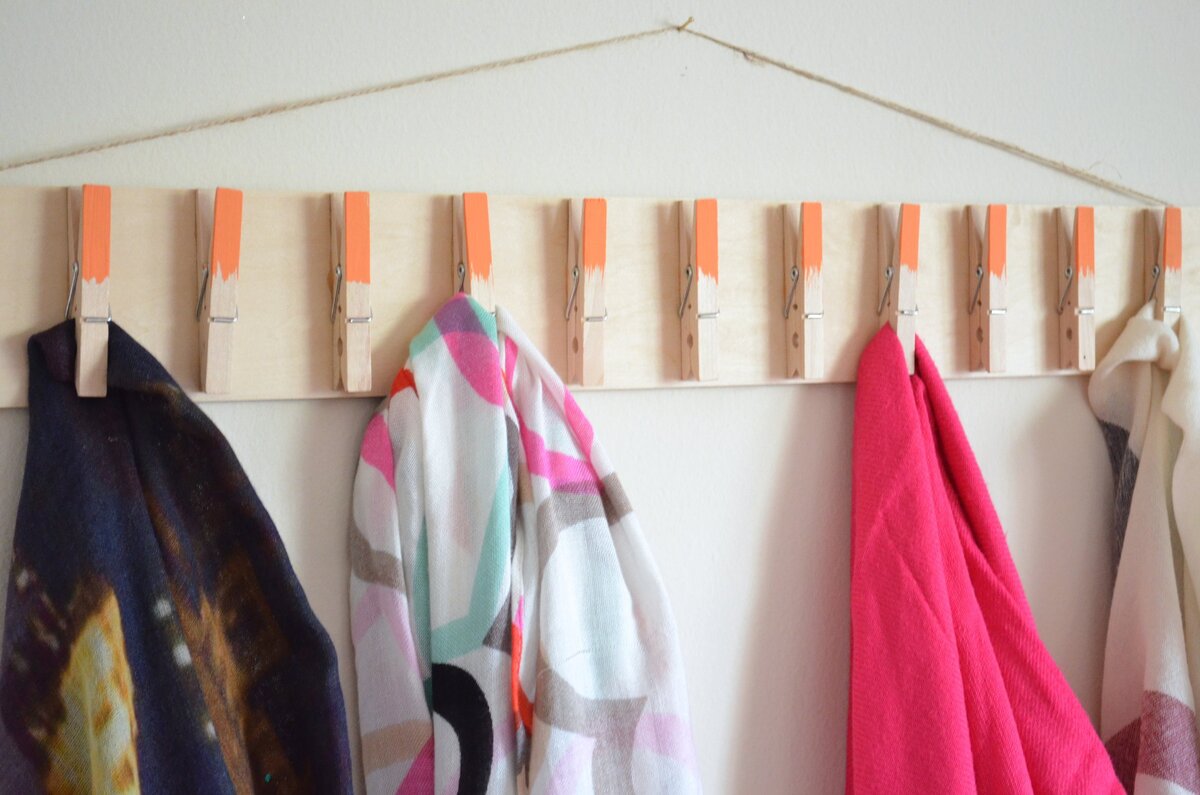


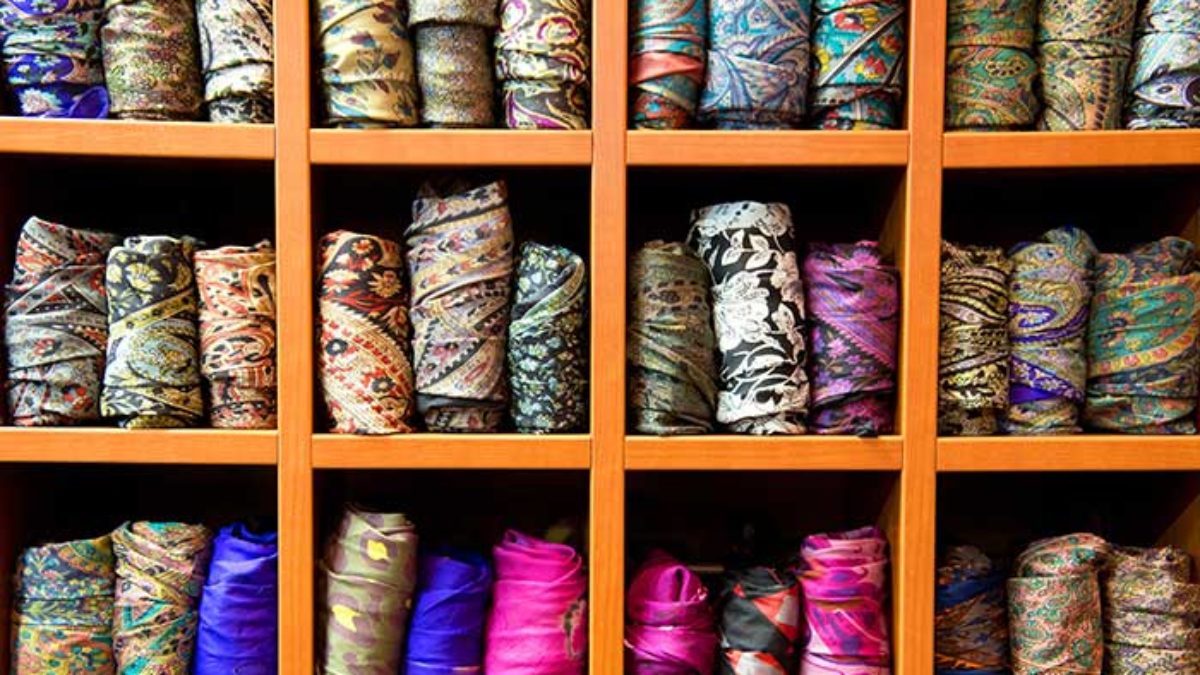
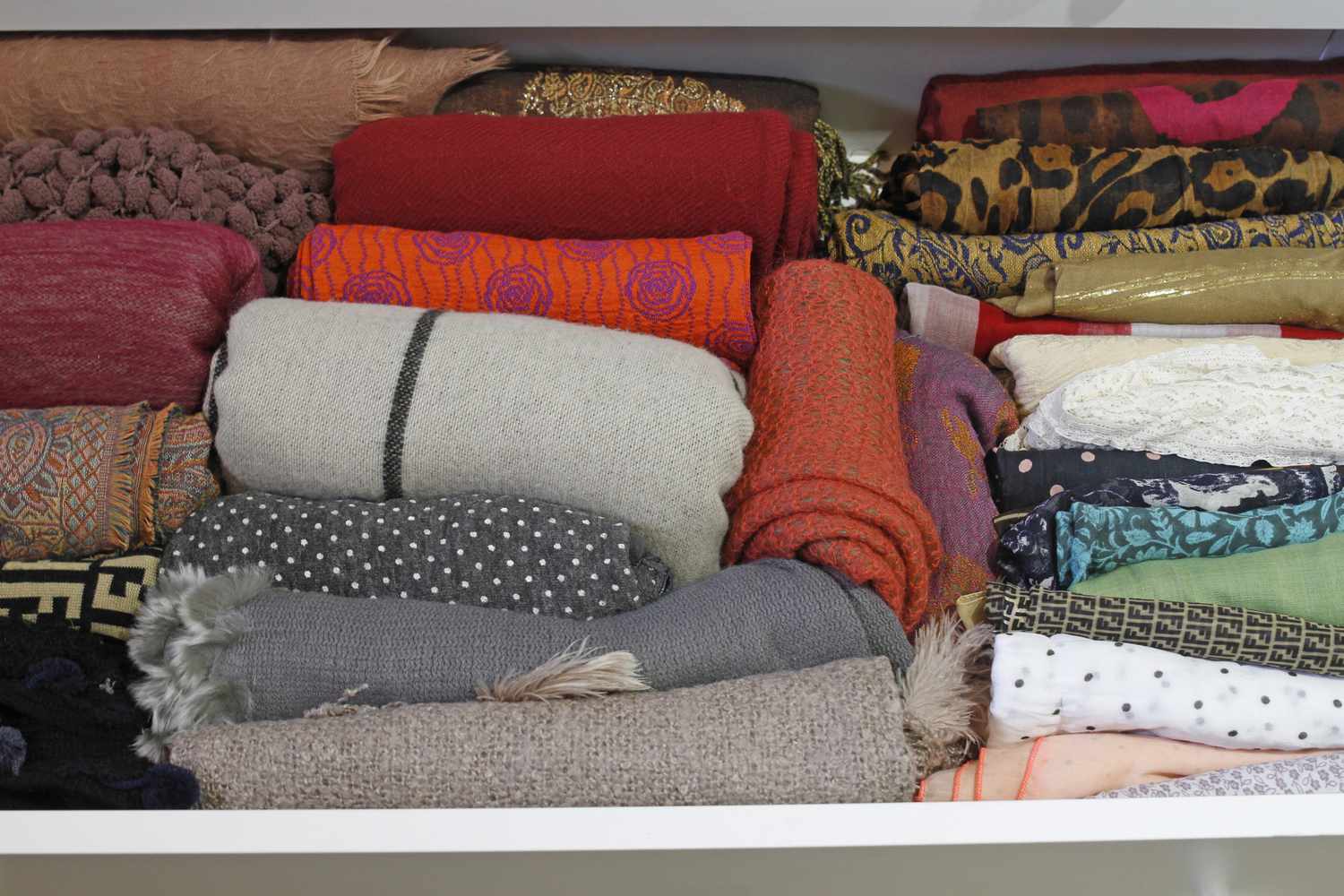



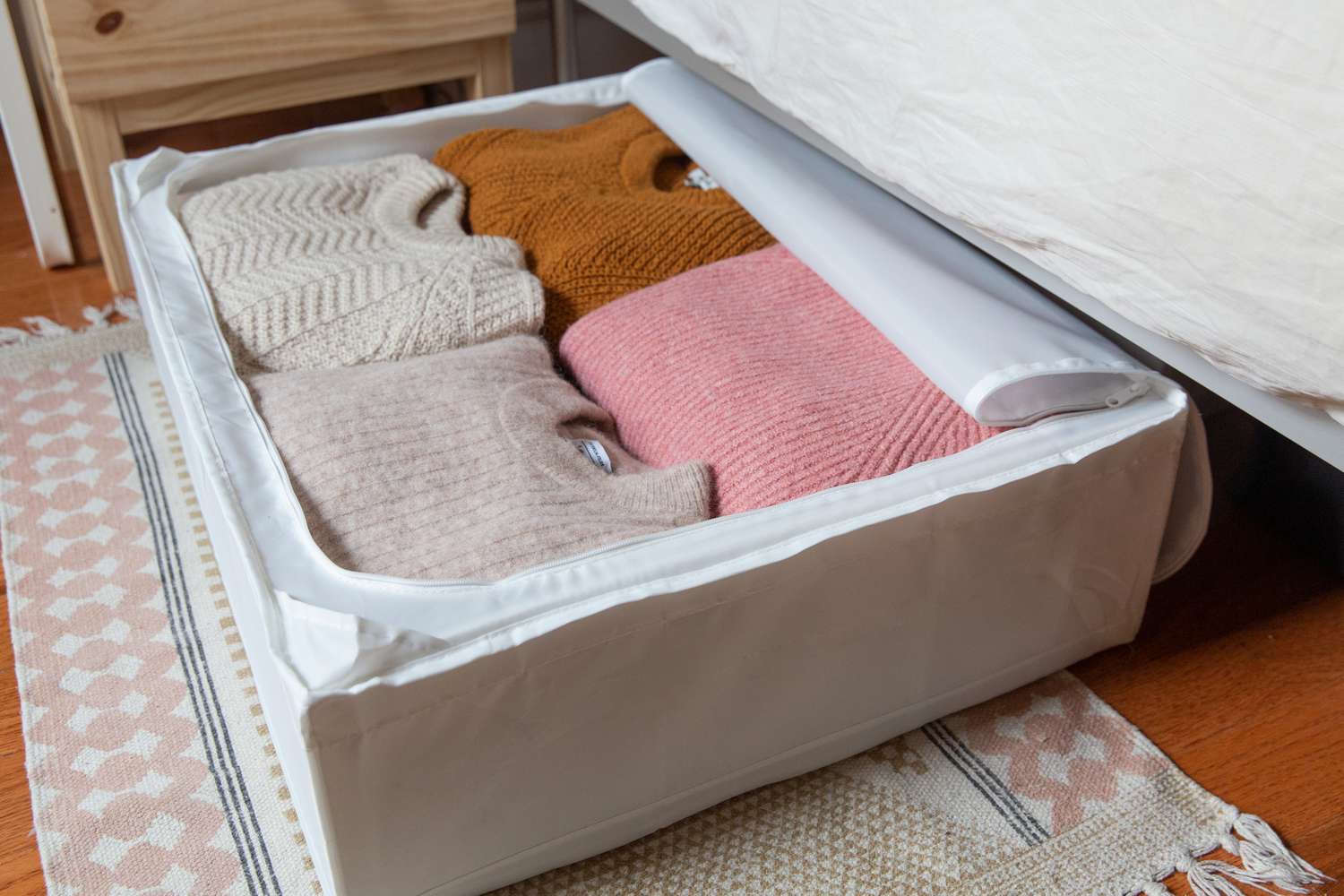
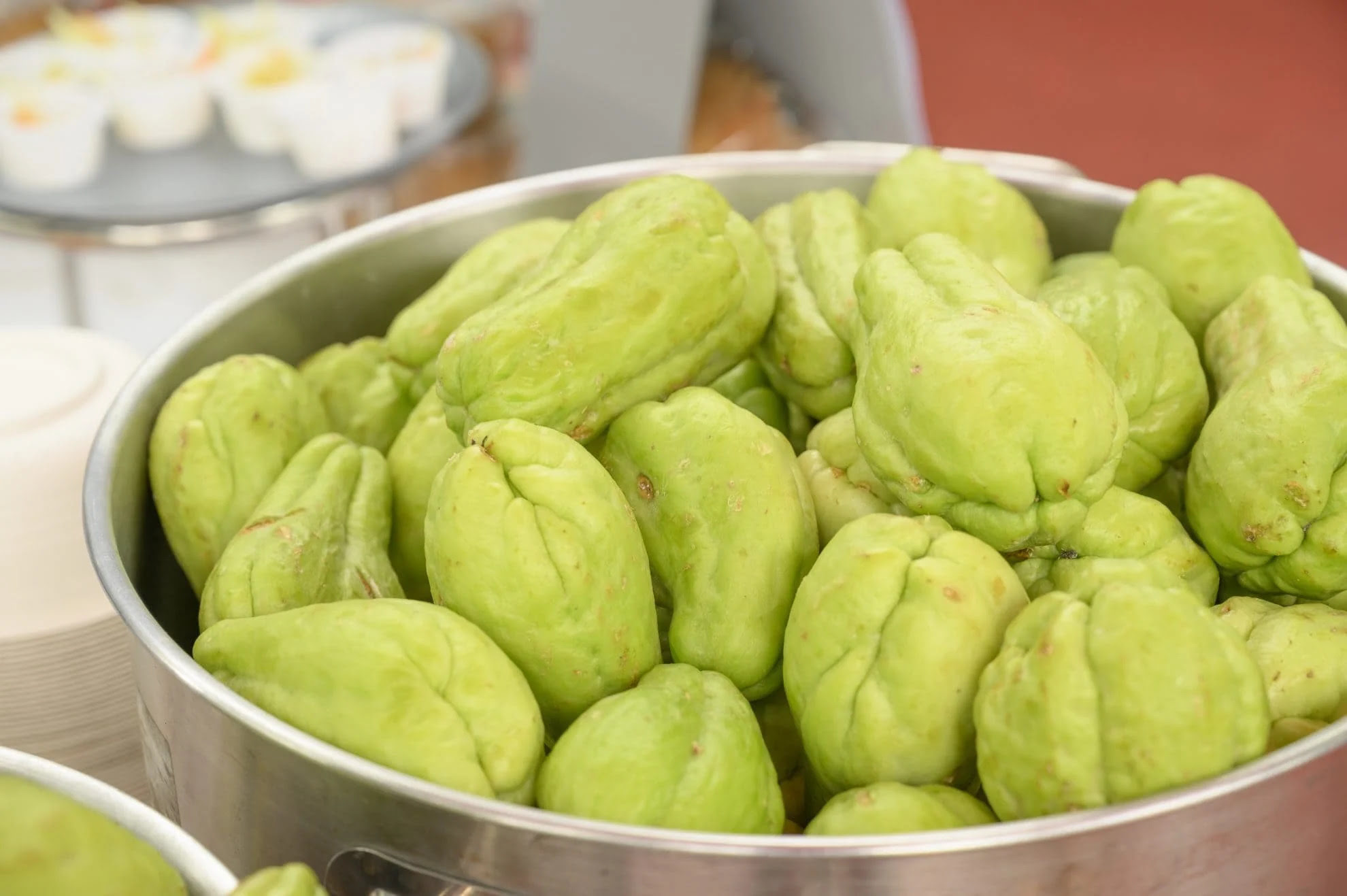




0 thoughts on “How To Store Hermes Scarves”